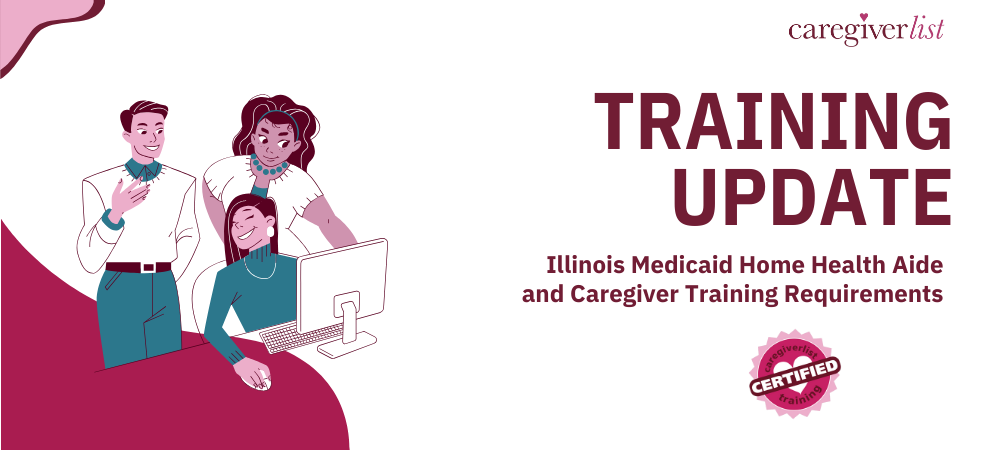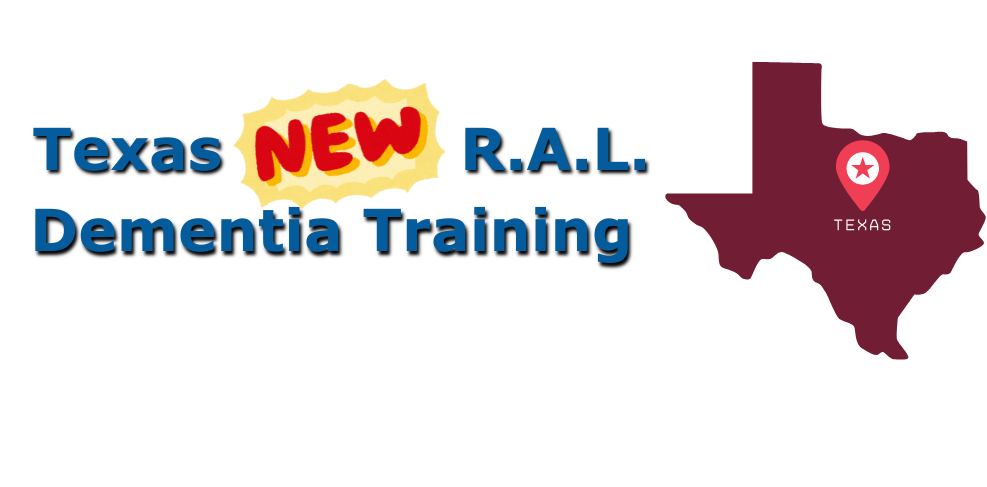“Being a Parent to Your Parent” is no longer cliché in 2018.
With seniors living longer than ever before, baby boomers and millennial’s are increasingly faced with the daunting (albeit rewarding) task of caring for an elderly parent or grandparent at home. For some, ‘home’ is the house they grew up in as children, as they coordinate and manage the daily care of their loved ones, thereby allowing them to age in place. For others, ‘home’ means bringing Mom or Dad into their own homes to care for them as one of their immediate family.
Regardless, both approaches require huge reservoirs of self-sacrifice, dedication and commitment, to see to the physical and emotional needs of an aging loved one while maintaining one’s own family.
However, the sober reality is that we are all human and many of us also rely on a dual income to support our families. Therefore, to juggle our myriad responsibilities of raising and supporting our children, while caring for elderly parents or grandparents simultaneously, inevitably leads to ‘burnout.’
Burnout, isn’t just a physical sense of depletion on the part of the caregiver, but an emotional one too.
In fact, it often manifests itself in the form of resentment, where the caregiver becomes upset with their loved one for the physically rigorous and emotionally draining toll they have inadvertently placed upon them.
When this happens, it is critically important to consider respite care.
What is respite care?
Respite care allows the caregiver to take a break from their endless responsibilities by temporarily placing their loved one in substitute care. Taking care of an aging parent requires a lot of time, money and physical strength, but perhaps most of all, it requires lots of energy. Respite care can give the caregiver the chance to take a break and recharge.
Why is respite care important?
If a caregiver gives of themselves endlessly without taking a break, it will certainly lead to the inevitable burnout and resentment, mentioned earlier. However, it’s much more than that. Without a proper break, both the caregiver and the person being cared for, will undoubtedly experience a deterioration in their physical health and well-being.
Therefore, it is indeed in everyone’s best interests for the caregiver to get away for a brief respite of R&R, so that they may return refreshed and revitalized.
So why are people so hesitant to take a break?
This is indeed the “million-dollar question.”
In my years as a Nursing Home Administrator, I’ve seen countless examples of children who were acting as primary caregivers for their parents and had reached their emotional and physical ‘breaking point,’ and yet, were simply unready to take advantage of respite care.
While there were many iterations of this theme, the common denominators, in my experiences, were always the same:
- The caregivers were afraid that the brief change in routine would be too challenging for their loved one and would have a deleterious impact on their health.
- The caregivers were guilt ridden at the prospect of “abandoning” their loved one while they went out to enjoy a break.
- The caregivers were made to feel guilty by either the care recipients themselves, or by other “well intentioned” family members, who weren’t otherwise invested in the day to day care of their loved ones.
- The caregivers were simply not educated enough regarding the importance of respite care and the various options available to them.
“Knowledge is Power”
To combat all the above, I’d like to share the approach that we took at our facilities and what I would recommend to all readers, regardless of where you fall on the ‘respite care’ spectrum.
First, we would educate families to understand that while feelings of guilt (whether self-imposed, or foisted upon them by other family members), are natural, it is misguided in context. We would explain that there is no need to feel guilty and that respite care was the best thing they could do for their loved ones, since caregivers cannot properly care for a loved one, if they are not taking care of themselves. We further explained, that taking a break is akin to recharging a battery and giving it time out, so it can continue its duties. We advised families to think of it as a short-term investment for the long-term gains.
Finally, we educated them as to their options:
Respite care options
In my own experience, simply educating families on the nuances of the respite options available to them, was always the transformative catalyst to help them get past feelings of guilt and uncertainty and take the critical leap in deciding on a respite program for themselves and their loved ones.
There is a misconception that respite care means that the caregiver goes away on a several-day vacation overseas or to some exotic vacation destination. There is also a misconception that respite care means that the caregiver must transplant their loved one out of their home and comfort zone, to place them temporarily in the care of a facility.
None of these are true.
Respite is defined individually – by the individual.
For some, respite care is sufficiently applied as an outing with a friend or several hours spent in personal solitude. For others, respite needs to mean several days and a plane flight away. It all depends on the needs of the caregiver. In addition, there are two basic types of respite care; in-house and out-of- house.
In-house respite care is having someone come to the home, while the caregiver gets a chance to leave. This may be a family member or a friend. There are also many services that provide both medical and non-medical in-house respite care. There are volunteer services available in some neighborhoods as well.
Out-of the house respite care may be in the form of adult day care centers, or skilled nursing facilities, where the parent is dropped off for an enjoyable outing, or a several-day residential stay while the caregiver has a chance to take a break.
Again, it all depends on the needs of the caregiver.
In conclusion,
In the final analysis, being the primary caregiver of an elderly loved one is God’s work and can be an immensely enriching and rewarding experience for both the caregiver, as well as the care recipient.
However, it can take its toll if there is no break from the routine.Taking some time off can help the care provider and the care recipient navigate the vicissitudes of this journey in health and happiness. As a care provider, only you can define and determine what respite care means for you, personally.
Rest assured, however, that regardless of your definition of ‘respite care,’ terms like “abandonment,” “displacement,” and “inferior care,” needn’t become part of that lexicon.
By: Judah Gutwein, LNHA, CEO of Sky Care Media LLC, an online marketing agency for healthcare providers.







